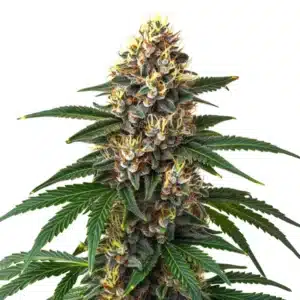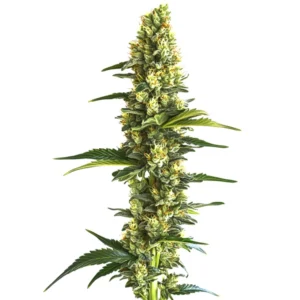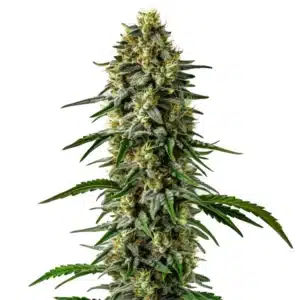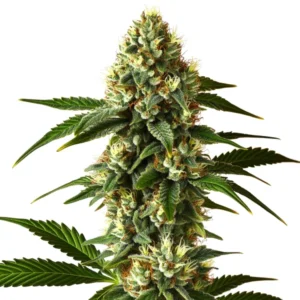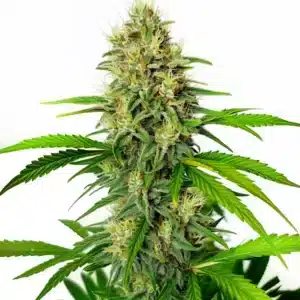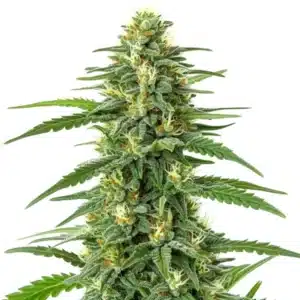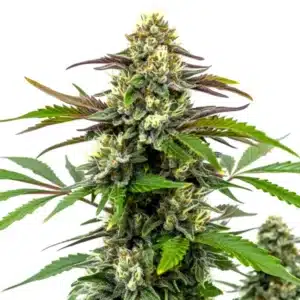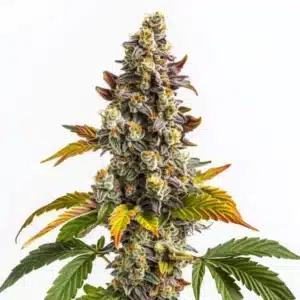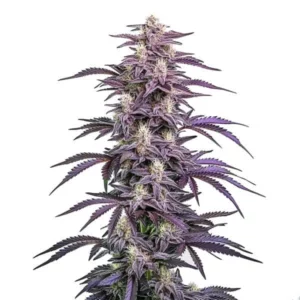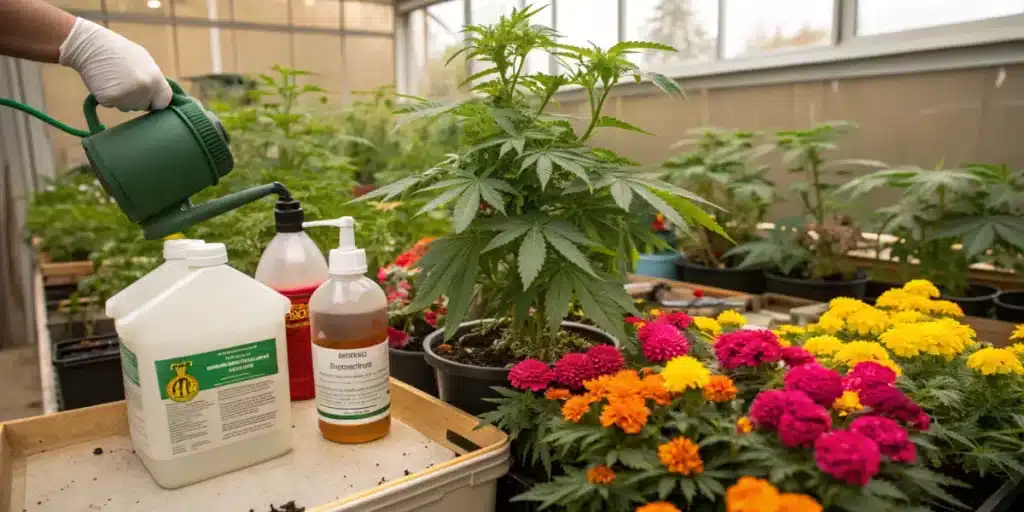
Finding the Best Bloom Booster for Explosive Flower Growth
What Makes the Best Bloom Booster Stand Out?
Choosing the best bloom booster isn’t just about picking any product off the shelf. There are key elements that separate high-performing formulas from the rest. A quality booster enhances nutrient uptake, encourages larger blooms, and supports overall plant health. The right combination of nutrients helps plants transition smoothly into the flowering phase, ensuring they reach their full potential.
Nutrient composition plays a major role in how effective a bloom booster is. Products rich in phosphorus and potassium fuel flower development, while secondary nutrients and micronutrients provide additional support. These essential nutrients not only promote bud production but also improve the plant’s overall resilience to stressors like pests, disease, and environmental changes.
Recommended Strains
Candy Kush
|
|
THC | 14% - 19% (Medium) |
|
|
Type | Feminized |
|
|
Yield | Medium |
|
|
Phenotype | 60% Indica / 40% Sativa |
Candy Kush Fast Version
|
|
THC | 16% - 18% (Medium) |
|
|
Type | Feminized |
|
|
Yield | High |
|
|
Phenotype | 60% Indica / 40% Sativa |
Promos & Deals
The Importance of Nutrient Ratios in Bloom Boosters
Not all nutrient supplements are created equal when it comes to nutrient ratios. Phosphorus (P) and potassium (K) are the stars of the show during the flowering phase, but it’s important to have balanced amounts to avoid nutrient burn or deficiencies. A well-formulated product ensures the plant receives the right proportions to encourage healthy growth without causing nutrient imbalances.
Products with an optimized NPK ratio, such as 0-50-30 or 5-45-20, provide the necessary fuel for bud production without overwhelming the plant. A quality supplement offers a perfect balance to keep plants thriving. Knowing the nutrient demands at different growth stages is key to selecting the right product that meets the plant’s needs.
Organic vs. Synthetic Bloom Boosters
Many growers face the dilemma of choosing between organic and synthetic options when selecting the best bloom boosters. Organic boosters rely on natural sources such as bat guano, kelp extract, and compost teas, offering a more sustainable approach. These natural ingredients enrich the soil with beneficial microbes, improving nutrient availability and long-term soil health.
On the other hand, synthetic options provide faster absorption and precise nutrient delivery, which can be ideal for growers looking for immediate results. These products are often engineered for consistency and efficiency, allowing growers to have better control over nutrient uptake. Both types have their advantages depending on individual cultivation goals and growing environments.
How Environmental Factors Influence Bloom Booster Performance
Environmental conditions such as temperature, humidity, and light intensity can significantly impact the effectiveness of bloom boosters. Plants growing in optimal temperatures between 70-85°F (21-29°C) absorb nutrients more efficiently compared to those exposed to extreme heat or cold.
Humidity levels also play a role, as high humidity can slow transpiration and nutrient uptake, while low humidity can cause excessive transpiration, leading to nutrient imbalances. Proper airflow, balanced watering schedules, and consistent lighting schedules enhance the overall effectiveness of bloom boosters.
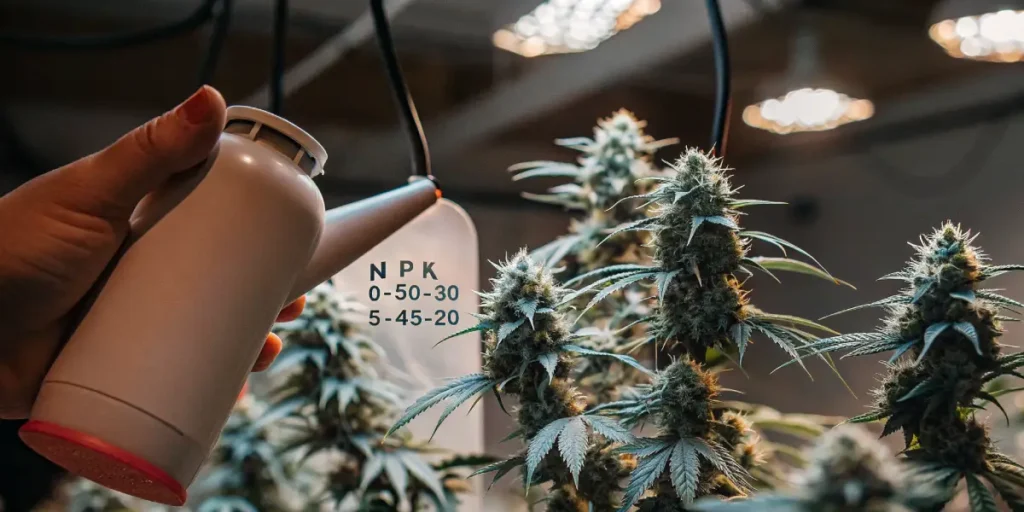
Best Bloom Booster Application Techniques
Applying a bloom booster correctly is essential to maximize its benefits. The most common methods include soil drenching, foliar feeding, and hydroponic integration. Soil drenching involves watering the plants with a nutrient solution, ensuring deep root absorption.
Foliar feeding, on the other hand, allows plants to absorb nutrients through their leaves, offering quick nutrient access. Hydroponic systems require precise nutrient dilution and monitoring to avoid overfeeding. Each method has its advantages, and choosing the right one depends on the plant’s specific growing conditions.
Comparing Liquid vs. Powdered Bloom Boosters
Bloom boosters are available in both liquid and powdered forms, each with its own advantages. Liquid bloom boosters are easier to apply and provide immediate nutrient availability, making them ideal for growers looking for quick results.
Powdered bloom boosters, however, offer longer shelf life and can be more cost-effective when bought in bulk. They also allow growers to customize nutrient concentrations more precisely. Choosing between the two depends on factors such as budget, convenience, and desired feeding schedules.
DIY Alternatives to Commercial Bloom Boosters
For those who prefer a hands-on approach, creating homemade bloom boosters using readily available ingredients can be a rewarding and cost-effective solution. Many household items contain essential nutrients that plants need during flowering, making it easier to provide a nutrient boost without breaking the bank.
Ingredients for a DIY Bloom Booster
- Banana Peels – Rich in potassium and phosphorus, banana peels can be blended into a liquid fertilizer or steeped in water to create a nutrient-rich tea.
- Epsom Salt – A great source of magnesium and sulfur, which help strengthen cell walls and improve nutrient absorption.
- Molasses – Provides beneficial carbohydrates that feed soil microbes and improve nutrient availability to plants.
- Bone Meal – Packed with phosphorus, bone meal is an excellent organic addition to support root and flower development.
- Eggshells – Crushed eggshells provide a slow release of calcium, which is essential for plant cell strength.
How to Make a DIY Bloom Booster
To create a simple homemade bloom booster, mix banana peels, Epsom salt, and molasses in water. Let the mixture sit for 24-48 hours before straining and using it to water plants. Adding bone meal to the soil before flowering begins can also provide a steady phosphorus source.
Another option is to create compost tea by steeping compost, banana peels, and molasses in a bucket of water for 24 hours, aerating the mixture to promote microbial activity. This creates a nutrient-dense liquid that can be applied to the soil or as a foliar spray.
Homemade alternatives offer an environmentally friendly and cost-effective way to nourish plants while maintaining control over the ingredients used.
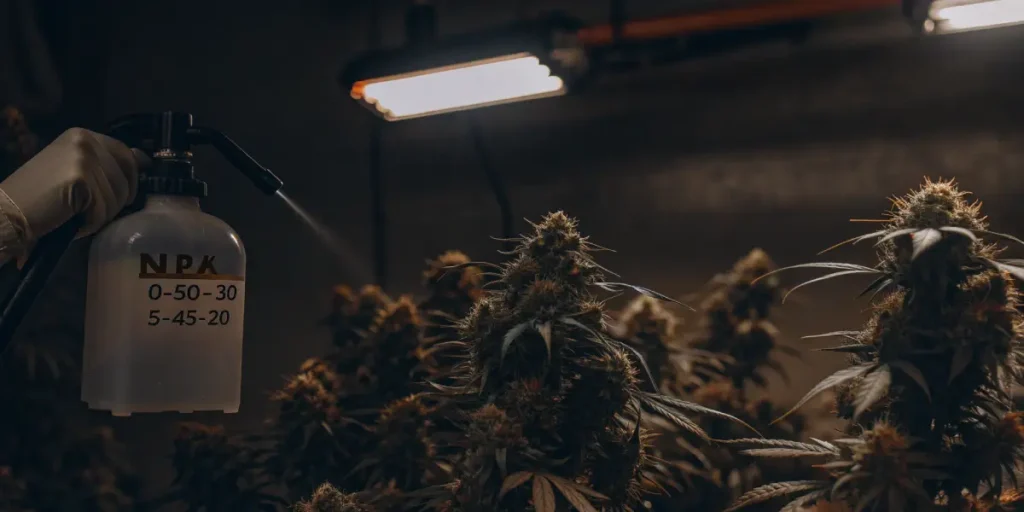
Pairing Bloom Boosters with Other Nutrients
The best bloom booster for cannabis works best when paired with complementary nutrients. Calcium and magnesium supplements, along with beneficial bacteria, can enhance nutrient uptake and further support robust flowering. These nutrients play a significant role in strengthening cell walls and improving plant vigor.
Combining these elements helps create a comprehensive feeding strategy that covers all aspects of plant development. A balanced approach ensures that plants receive everything they need for optimal growth and bloom production.
Recognizing the Signs That Your Plants Need a Bloom Booster
Plants often send out signals indicating that they require additional nutrients to thrive during the flowering stage. Recognizing these signs early can help prevent potential issues and ensure optimal growth.
One of the most common signs that additional nutrients are needed is the slow or stunted development of flowers. If buds appear smaller than expected or take longer to form, it may indicate a phosphorus or potassium deficiency, which targeted supplements are designed to address.
Another noticeable symptom is discoloration in the leaves. Yellowing or browning of leaf edges, particularly in older foliage, could be a sign that the plant is not receiving adequate nutrients for flower development. In severe cases, leaves may curl or become brittle, signaling an urgent need for supplementation.
Weak stems and poor structural support can also point to a lack of necessary nutrients. Proper nutrient support enhances cell wall strength, allowing plants to hold up the weight of growing flowers more effectively. If plants are drooping or unable to support their buds, it’s time to consider a nutrient boost.
Additional signs include reduced aroma and resin production. If plants are not producing the characteristic strong scent or sticky resin during flowering, it could indicate a lack of essential nutrients needed for terpene synthesis.
To ensure healthy plant development, closely monitor growth patterns, leaf condition, and overall flower formation. Addressing these issues with a high-quality bloom booster can make a significant difference in yield and quality.
Cost vs. Benefit: Is an Expensive Bloom Booster Worth It?
Higher-priced products often contain more refined, bioavailable nutrients and proprietary blends that enhance performance. However, budget-friendly options can still provide solid results when used correctly.
Considering factors such as plant type, growth goals, and budget can help determine whether investing in a premium product is necessary or if a more affordable alternative will suffice.
FAQs About Bloom Boosters
How often should I use a bloom booster?
The frequency of application depends on the specific product and plant needs. Generally, bloom boosters are applied once a week during the flowering stage.
Can I use a bloom booster with other fertilizers?
Yes, but it’s important to avoid overfeeding. Follow product guidelines and adjust nutrient schedules to prevent nutrient burn or deficiencies.
Are organic bloom boosters as effective as synthetic ones?
Organic options work well but may take longer to show results compared to synthetic formulas. They provide long-term soil benefits and sustainability.
What are the signs of overusing a bloom booster?
Signs include leaf burn, nutrient lockout, and stunted growth. If these symptoms appear, reduce feeding frequency and flush the soil if necessary.
Do different plant strains require different bloom boosters?
Yes, different strains have unique nutrient requirements. Choose a booster that aligns with your plant’s specific needs for optimal results.


